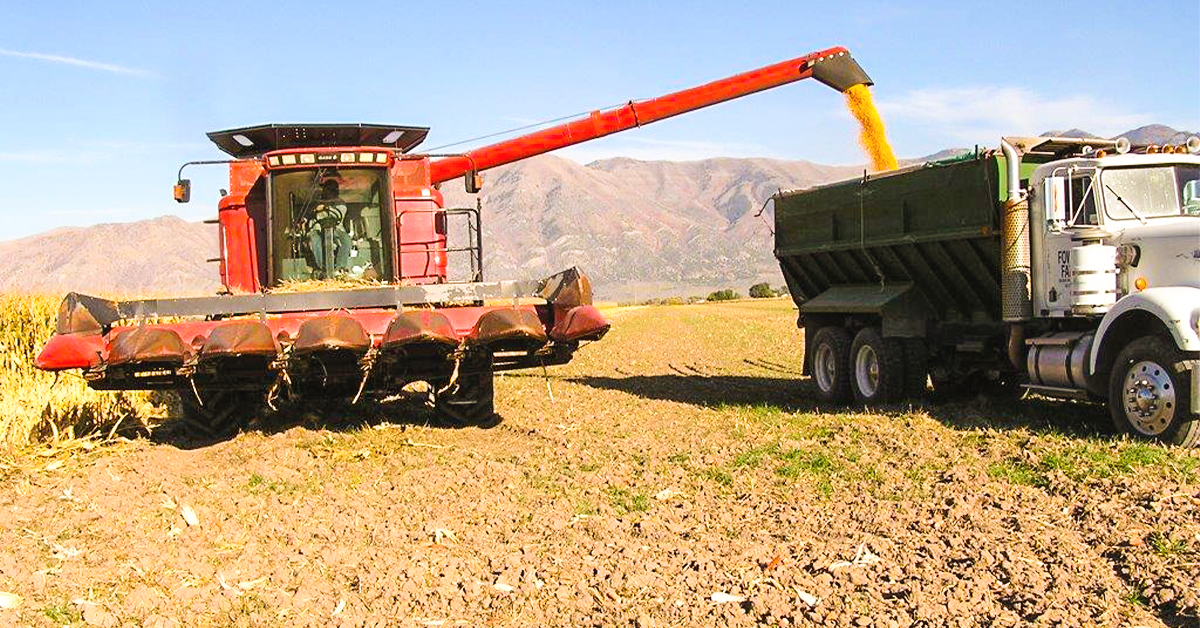
Fall is the best time to control perennial weeds. This is when they begin moving carbohydrates produced by photosynthesis to the roots for winter storage instead of to the upper plant parts for continued growth.
If herbicides are applied at this time, the chemicals are transported to the roots along with the carbohydrates and kill the entire plant instead of just the parts above the soil surface. This process works in the opposite direction in spring and summer, when carbohydrates produced are normally sent to the leaves and upper parts of the plant. As a result, herbicide applications made during spring and summer are often less effective than fall applications.
Autumn is also the best time of year to plan ahead for next spring. You should examine options in your crop, tillage and herbicide programs that will keep the pressure on the weakened weed.
Create a Fall Weed Control Program
The benefits of doing a fall weed control program includes helping to reduce soil moisture loss to weeds and reduce weed seed production.
Post-harvest weed management provides an opportunity for additional control measures to address problematic weed problems such as winter annuals, biennial, and perennial weeds.
Map and Scout Your Fields
With bare fields, it is easy to locate weedy hot-spots. This is the perfect time to scout and map your fields so you know where the problem spots lie come spring.
Consider Fall Tillage
Tillage can kill weeds and prevent seed production. It’s another method to reduce the number of weeds that emerge next spring and allows for a more effective weed control program.
Apply Herbicide
Fall herbicide applications are an important part of a weed management plan. Removing weeds that have appeared after crop removal will minimize the number of weeds growing in the spring.
Now is the time to spray those perennial weeds we battle every year. Fall is an excellent time to treat Canada thistle and Field bindweed and other noxious weeds around the farm and home. Before applying any herbicide, know what weeds you are trying to control. Your IFA Crop Advisor can help with identification.
For the best results, treatment should be applied to new shoots actively growing from underground parts. Treating old leaves or stems proves to be less effective. The more new green growth present at the time of treatment improves the chances for good results.
Don’t expect 100 percent control with one herbicide application when targeting difficult weeds. It may take two to three applications.
Many products are available for broadleaf perennial weed control, and may contain 2-4-D, picloram (Tordon), or dicamba (Banvel). These products are selective and won’t damage grass, but use them with caution in sensitive areas (under trees, in yards, and growing crops) since accidental spraying or spray drift can damage trees, shrubs and ornamental plants. Remember to read and follow the label when using any pesticide.
If a frost occurs before a treatment is made, wait at least 24 hours to evaluate the foliage. This would be after temperatures fall below 26 to 28 degrees. The leaves will wilt and turn black if damaged. If you apply herbicides after this occurs, success will be diminished. If you can spray after a frost, try to apply herbicides when the expected high will be over 60 degrees on that day.
Our IFA Crop Advisors are professionally trained and certified through the Certified Crop Advisor program. They are always eager and willing to answer any questions and serve your needs.
Discover IFA's Agronomy Services
Written by Randy Grover, CCA, and originally published in the IFA Cooperator magazine (vol. 82, no. 3) Fall 2016. Randy is a Certified Crop Advisor (CCA) at the IFA Garland Ag Center.

